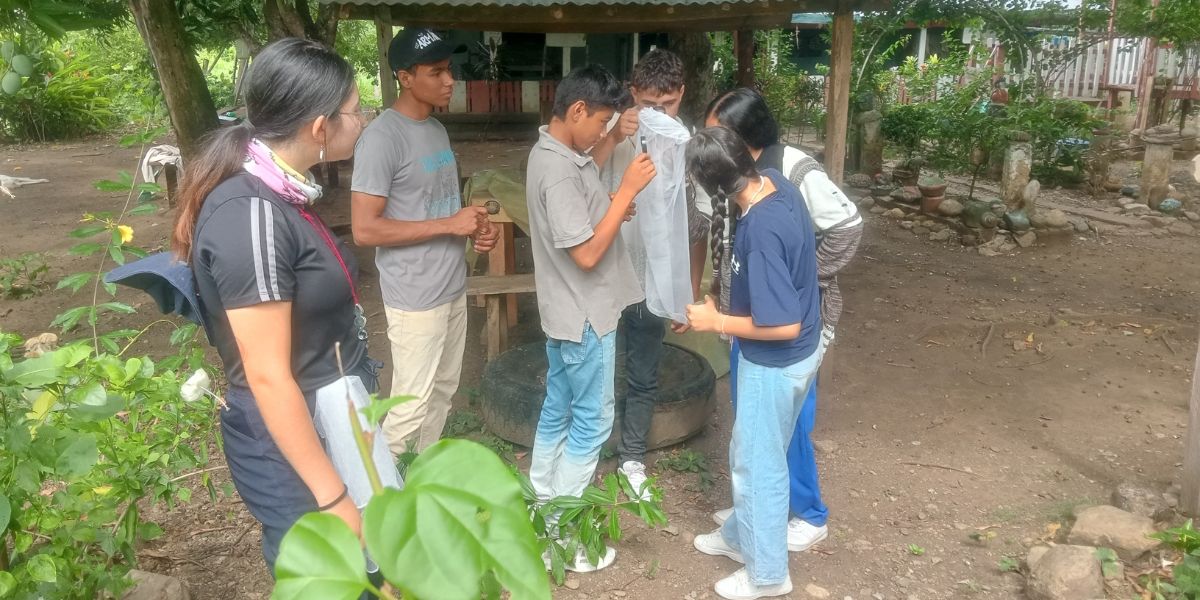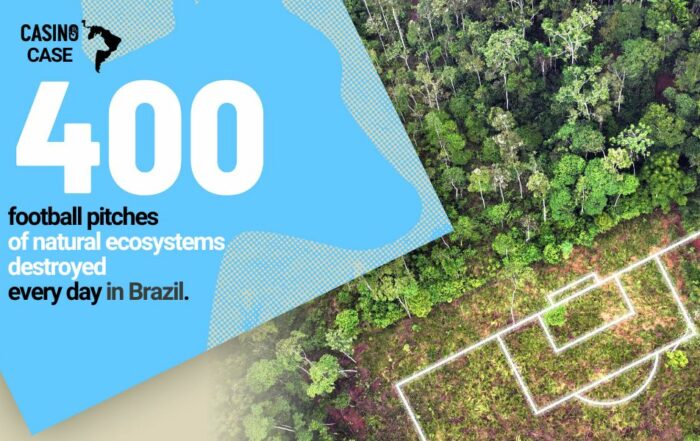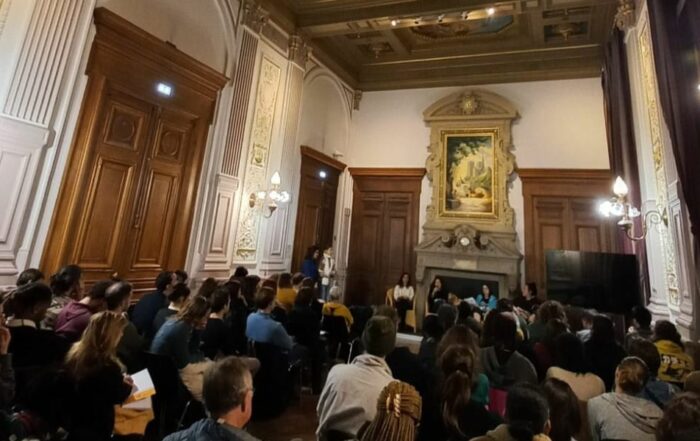As part of conservation strategies in the territory, wildlife watching activities have been proposed. On this occasion, an insect watching workshop was held.
First, the planned activities were shared, consisting of five stages:


After introducing the activity and greeting each other, the capture walk began using four methods:
The insects were placed in glass jars with alcohol, allowing for later examination.
In the second part, with the help of educational materials, the most common entomological orders were explained to enable the classification of the captured insects. Detailed observations under a magnifying glass were also carried out to examine features of their morphology, such as their mouthparts (piercing-sucking or chewing) and their legs (jumping or digging), making it possible to relate these characteristics to their role in the ecosystem, such as pollinators, decomposers, biological control agents, among other ecosystem services.
Finally, the importance of insects for the forest and human life was discussed, as well
as how deforestation is closely linked to the loss of their habitat, leading to its degradation in the absence of their ecological functions. The severe consequences of their potential disappearance were also highlighted. As a keepsake, participants took home a sheet with a drawing of their favorite entomological order from the workshop.
As part of conservation strategies in the territory, wildlife watching activities have been proposed. On this occasion, an insect watching workshop was held.
First, the planned activities were shared, consisting of five stages:


After introducing the activity and greeting each other, the capture walk began using four methods:
The insects were placed in glass jars with alcohol, allowing for later examination.
In the second part, with the help of educational materials, the most common entomological orders were explained to enable the classification of the captured insects. Detailed observations under a magnifying glass were also carried out to examine features of their morphology, such as their mouthparts (piercing-sucking or chewing) and their legs (jumping or digging), making it possible to relate these characteristics to their role in the ecosystem, such as pollinators, decomposers, biological control agents, among other ecosystem services.
Finally, the importance of insects for the forest and human life was discussed, as well
as how deforestation is closely linked to the loss of their habitat, leading to its degradation in the absence of their ecological functions. The severe consequences of their potential disappearance were also highlighted. As a keepsake, participants took home a sheet with a drawing of their favorite entomological order from the workshop.






